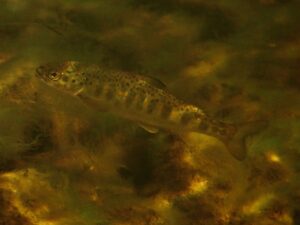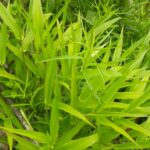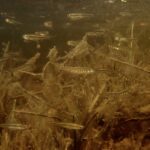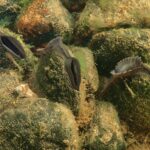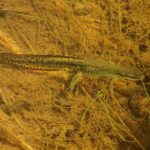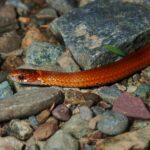Archibald Brook: A Critical Tributary, Protected
01 Oct 2024
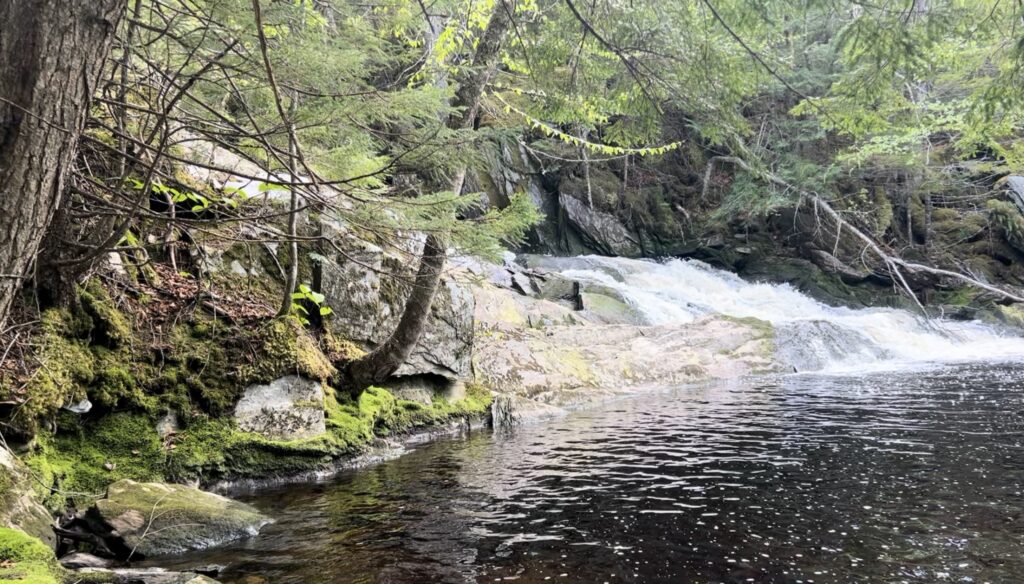
In August 2023, champions of the St. Mary’s River celebrated the Province’s formal designation of the Archibald Lake Wilderness Area. Now the Nature Trust is honoured to announce that, thanks to an incredibly generous donation, we have protected 640 adjacent acres to expand this protected corridor and further extend the iconic “ribbon of green.”
The property hosts over 2000 meters of shoreline habitat along the St. Mary’s River and includes almost the entire west bank of Archibald Brook, one the most important tributaries along the main branch of the river.
The St. Mary’s River and its tributaries are well-known for providing important habitat for endangered Atlantic Salmon as well as other fish species of conservation concern, including Gaspereau, American Eel and Brook Trout. In total, approximately 20 species of fish are known to make their homes in the lakes and rivers of the St. Mary’s River system. Several salmon pools are immediately adjacent to the newly protected property. Safeguarding the mature forest that towers over the riverbanks and shades the water running through Archibald Brook is critically important because these fish, especially salmon, require cool water temperatures to breed and thrive.
Like much of the rest of the St. Mary’s system, the newly protected land holds critical habitat for the Wood Turtle, a species listed as Threatened under both the federal Species At Risk Act and Nova Scotia’s Endangered Species Act.
The rich meadows along the shore support Canada Lily, a vascular plant with lovely orange flowers that is rare in Nova Scotia, and the shoreline itself supports the (terrifically named) Deer-tongue Panic Grass.
While the waterfront takes centre stage, the inland areas of the property are also ecologically valuable and very much worth protecting. They hold a vast wetland complex of bogs, fens and swamps, abundantly sprinkled with Rose Pogonia, one of Nova Scotia’s orchids. Peat Moss heavily carpets the ground, making this area an important carbon sink. Where the edges of the open wetlands merge into treed swamp, Black Spruce, Balsam Fir, and Red Maple form a strong forest ecosystem, rising above abundant Cinnamon Ferns.
This property was donated to the Nature Trust by Wentworth and Marcia Anderson through Canadian Ecological Gifts program (Ecogifts), which offers significant tax incentives for gifts of ecologically important land. “Under the guardianship of the Nova Scotia Nature Trust,” says Marcia, “these habitats will be able to return to their natural state while providing present and future generations the opportunity to learn from and to enjoy them. This gives us peace.”
Since 2006, the Nature Trust has focused on the protection of shoreline properties on the St. Mary’s River to conserve the river’s important riparian ecosystems and all that they give to their human and non-human beneficiaries. To date, the Nature Trust has protected 22 properties spanning over 2254 acres of conservation lands on the St. Mary’s River. Together with the lands protected by the Province and other conservation partners, over 11,000 acres of this irreplaceable river system, including more than 56 kilometers of its shoreline, are now protected – forever.
The St. Mary’s River is loved and cared for by so many community partners and individuals. In addition to our generous land donors, we want to especially thank the St. Mary’s River Association, CPAWS-NS, and everyone who helps to protect the health and future of this iconic river.
This project was undertaken with the financial support of the Government of Canada through the federal Department of Environment and Climate Change.
Our thanks as well for generous support from the Nova Scotia Crown Share Land Legacy Trust, a critical source of land securement funding for Nova Scotia’s land trusts.

